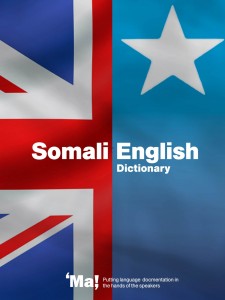JOB VACANCY
Linguist
Anindilyakwa Services Aboriginal Corporation (ASAC) is located on Groote Eylandt, situated on the western side of the Gulf of Carpentaria, is a newly established entity with the core objective to relive the poverty, improve the well-being, and promote the community development of the Anindilyakwa people.
The Linguistics Centre is currently responsible for effectively promoting and fostering Anindilyakwa language and culture through the provision of services for the benefit of indigenous communities of the Groote Archipelago.
Reporting to the Cultural Centres Project Manager, this project position is responsible for assessing the current linguistics operations and advising on the strategic direction of the Linguistics Centre into the future, in collaboration with the Cultural Centres, and to provide a strategic plan and further operational plan, detailing the future of linguistics within the Groote Archipelago. This is a great opportunity to work in a vibrant and complex linguistic and cultural environment.
 Follow
Follow This is the product of a collaboration between the
This is the product of a collaboration between the